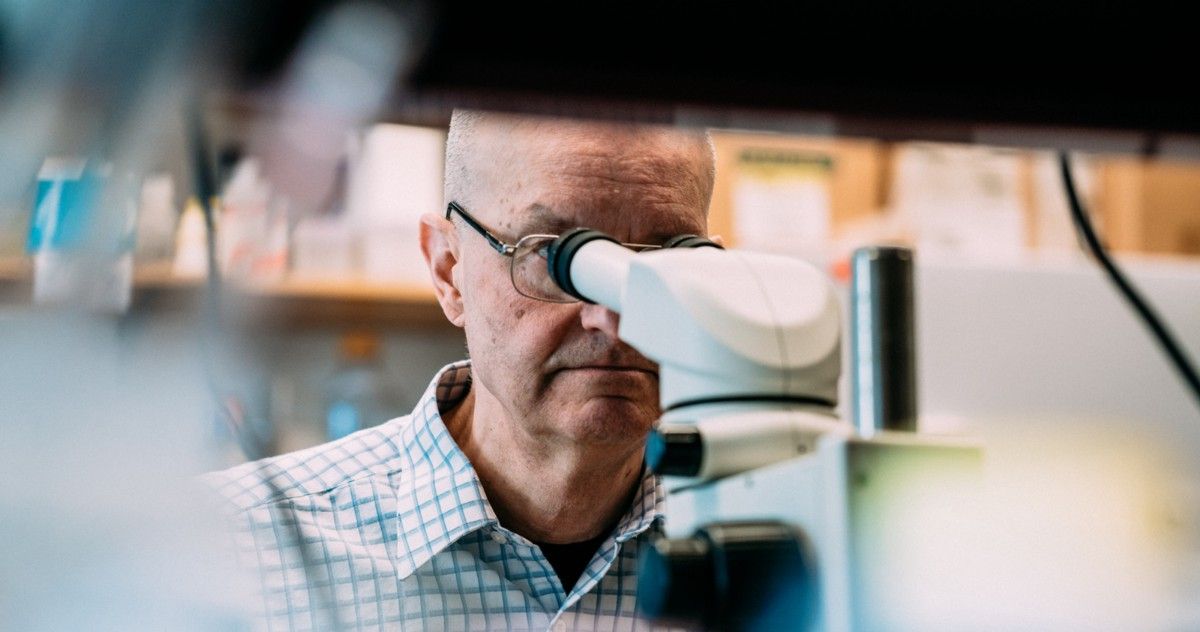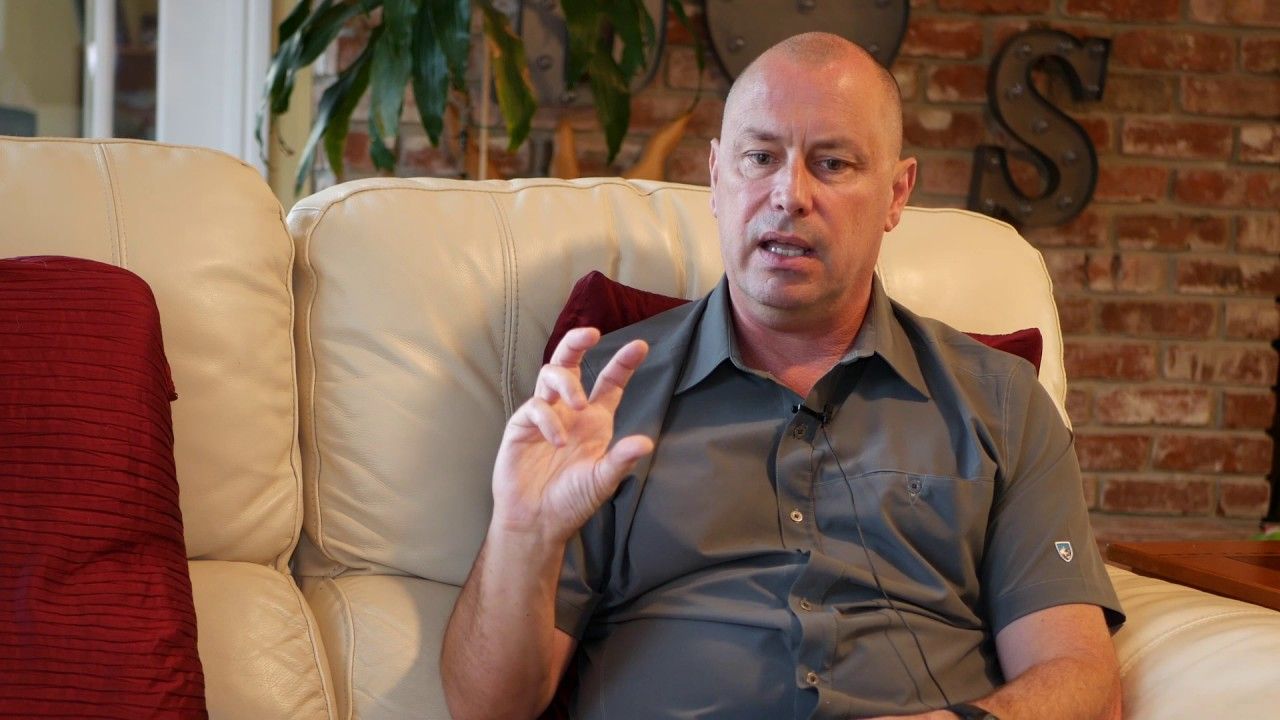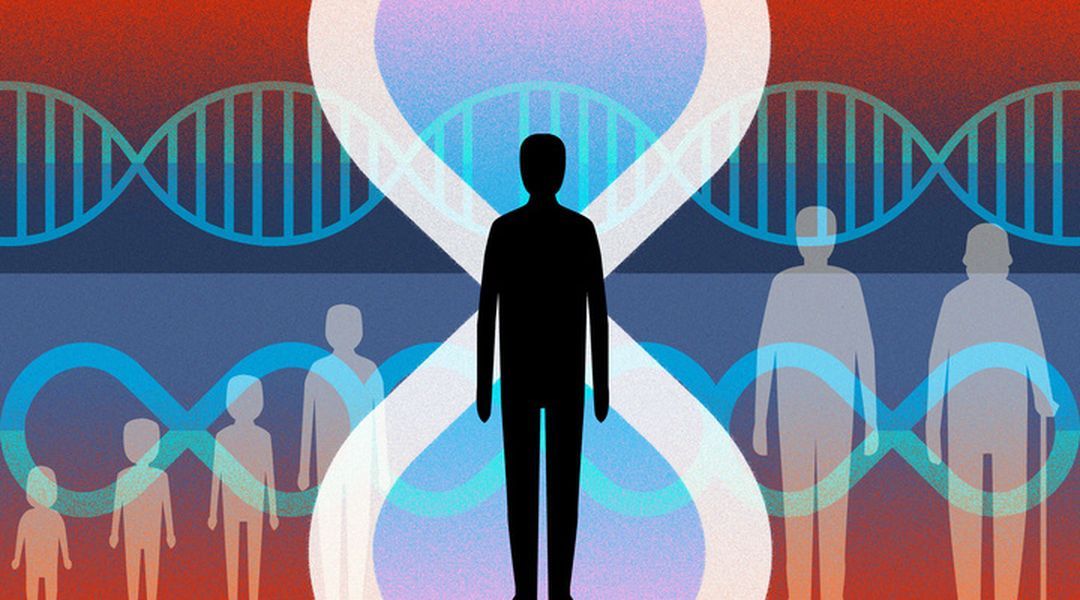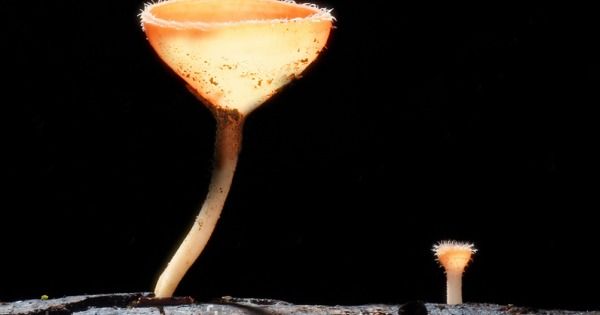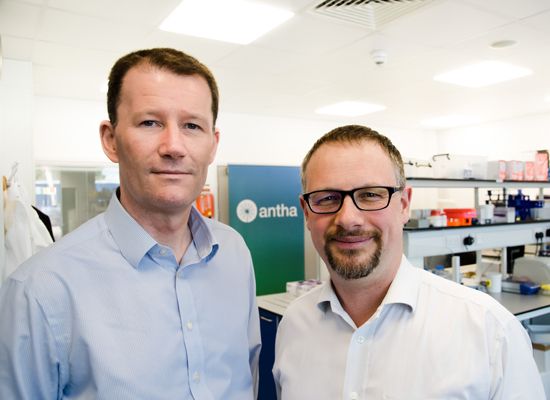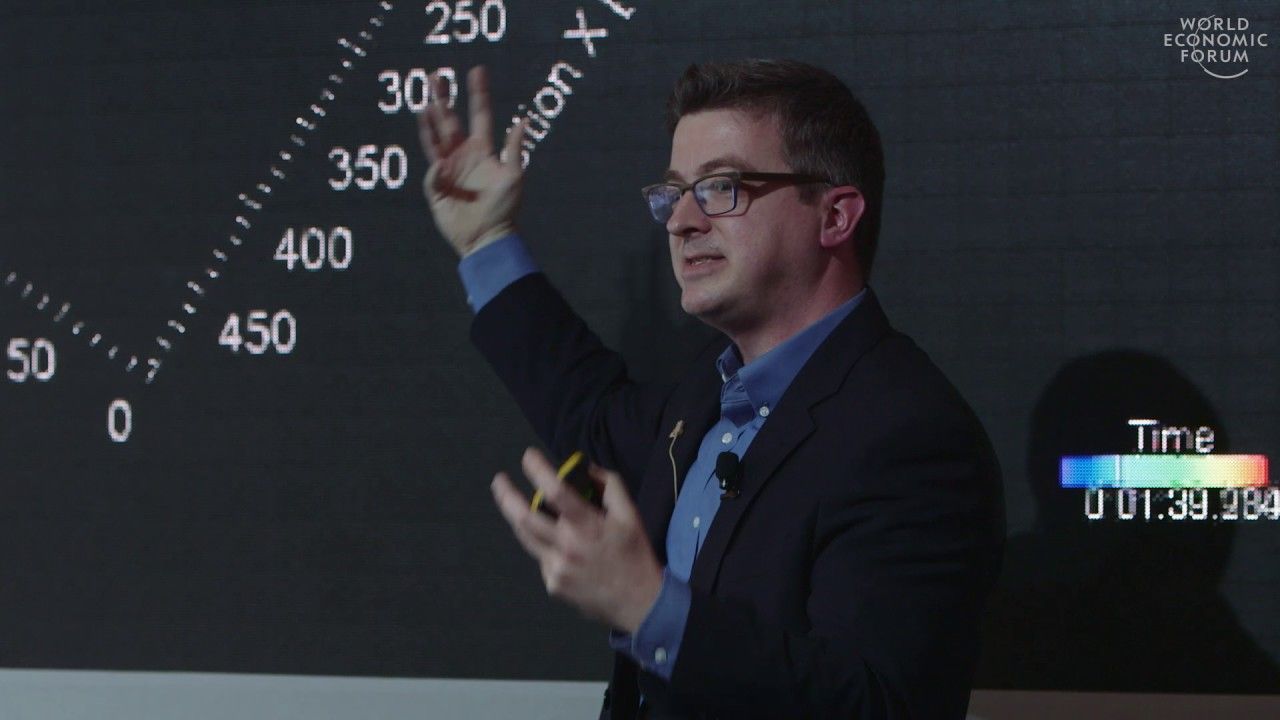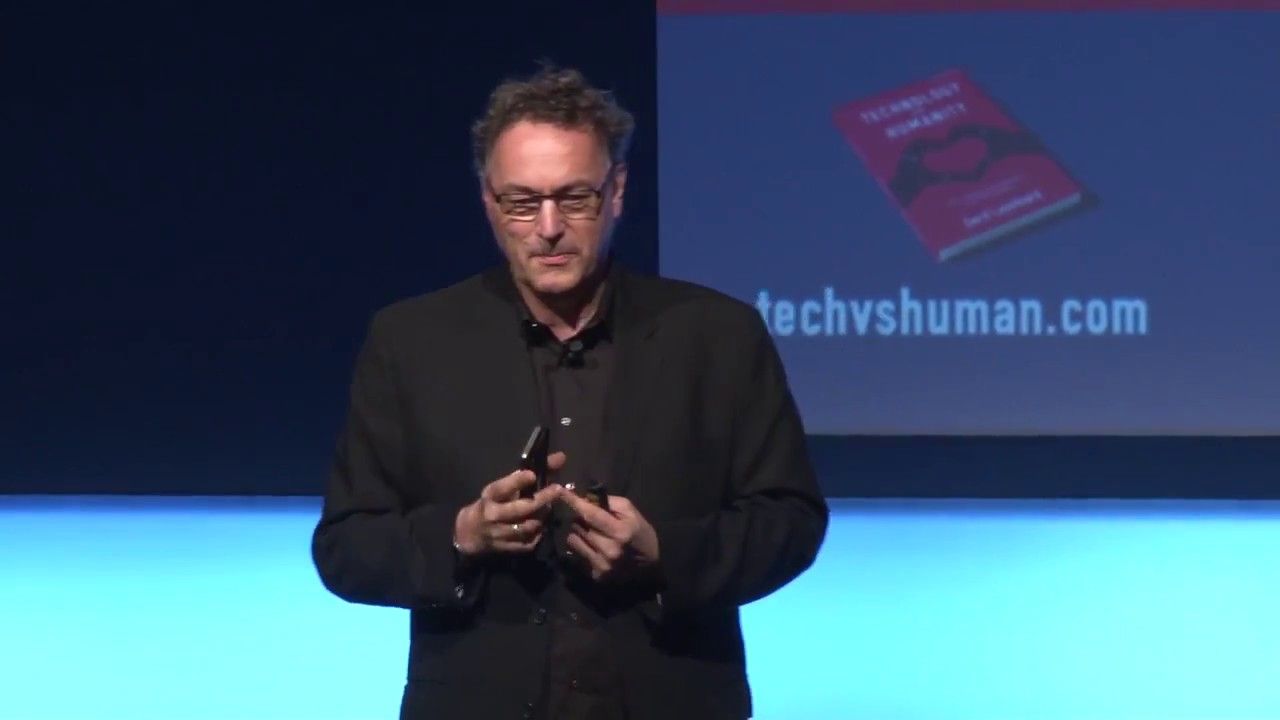“Sirtuins are kind of like an orchestra working together to produce a symphony, but each piece, each section, has its own role. Together you get a unified outcome, which we think is improved health.”
— Dr. Leonard Guarente
Dr. Leonard Guarente’s office in the Massachusetts Institute of Technology’s Koch Biology Building is, at first glance, a modest room filled with the artifacts of a decades-long career as a professor and researcher: archives of important journals including Cell, Molecular and Cellular Biology, and Nature; framed covers of his most important papers (he’s published more than 250); achievement awards recognizing his work in genetics and molecular biology; photos of his family; and odds and ends like a dagger presented to him by a student from Thailand and a faded bottle of The Macallan single malt scotch from 1980.
